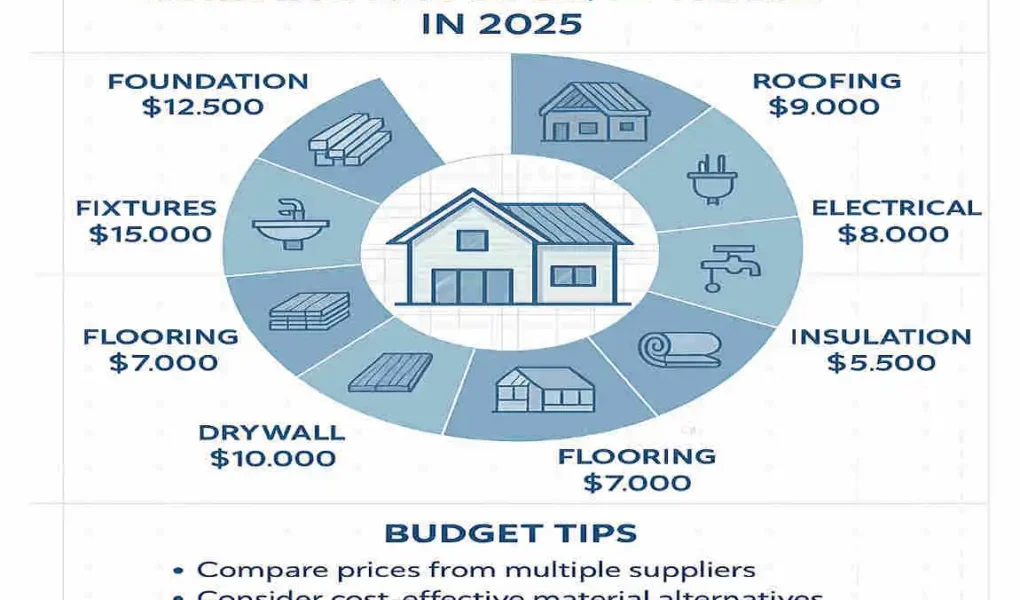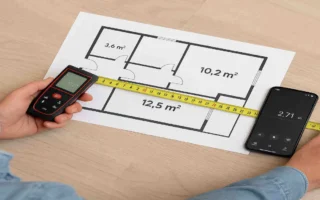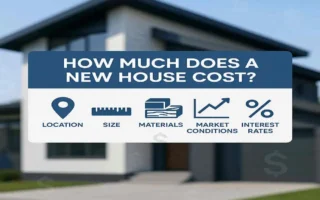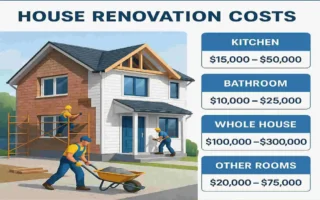Building your dream home is an exciting journey, but it’s no secret that it comes with a hefty price tag. One of the most significant expenses you’ll encounter is the cost of materials. Understanding these costs is crucial for planning your budget and ensuring a smooth construction process.
Understanding Material Costs in House Construction
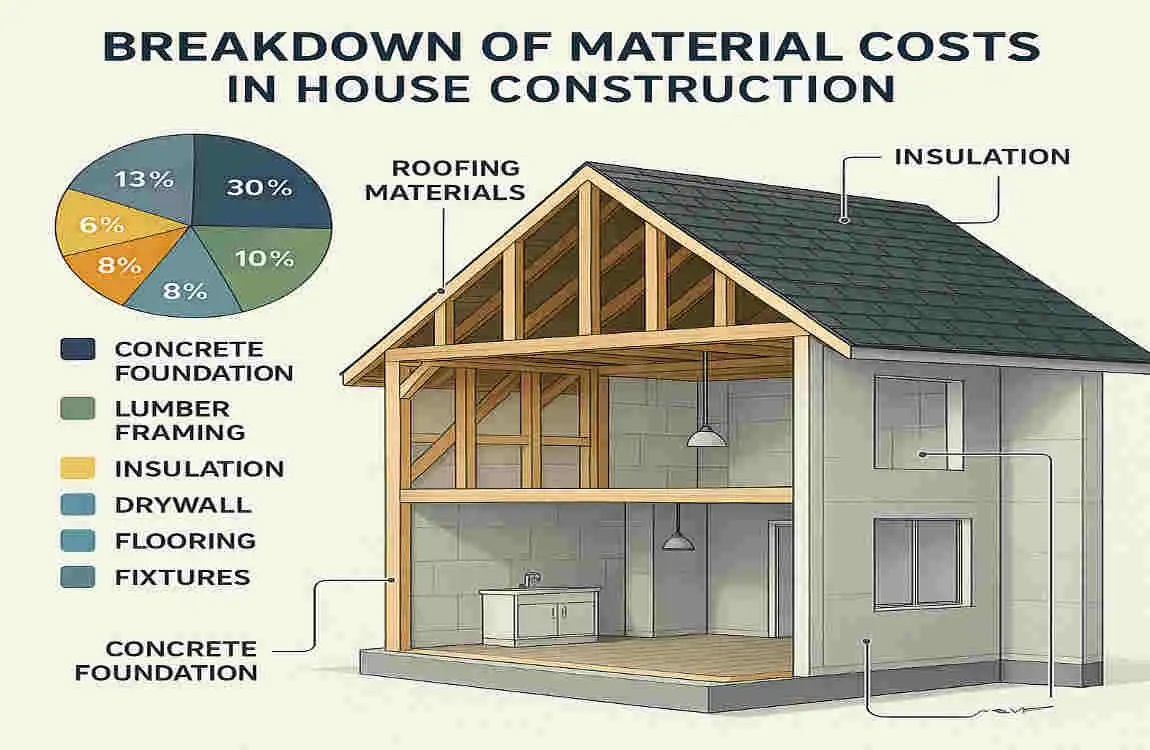
Before we dive into the specifics, let’s clarify what we mean by “material cost” in the context of building a house. Simply put, material costs are the expenses associated with purchasing the raw materials and products needed to make your home. This includes everything from bricks and cement to plumbing fixtures and paint.
It’s essential to distinguish material costs from other expenses, such as labor and permits. While these costs are also significant, they fall outside the scope of this article. By focusing on material costs, we can provide a clear and concise breakdown of what you can expect to pay for the physical components of your 1000 sq ft house.
Understanding material costs is crucial for several reasons. First and foremost, it allows you to create a realistic budget for your construction project. Knowing the approximate costs of each material, you can plan your finances accordingly and avoid unpleasant surprises down the line.
Moreover, material costs can fluctuate over time due to various factors such as inflation, market trends, and supply chain disruptions. By staying informed about these trends, you can make informed decisions about when to purchase materials and how to allocate your budget.
Complete Breakdown of Material Cost for a 1000 Sq Ft House in 2025
Now, let’s get to the heart of the matter: what is the material cost for a 1000 sq ft house in 2025? To answer this question, we’ll break down the costs into several key categories and provide approximate quantities, unit costs, and total costs for each.
Major Material Categories
Cement and Concrete
Cement and concrete are the foundation of any construction project. For a 1,000 sq ft house, you’ll need approximately 300 bags of cement, each costing around $10 in 2025. This brings the total cost for cement to $3,000.
Concrete is typically sold by the cubic yard, with an average cost of $120 per yard in 2025. Depending on your house’s design, you may need between 20 and 30 cubic yards of concrete, which would cost $2,400 to $3,600.
Bricks and Blocks
Bricks and blocks are essential for constructing walls and other structural elements. For a 1,000 sq ft house, you’ll need approximately 10,000 bricks, each costing around $0.50 in 2025. This brings the total cost for bricks to $5,000.
If you opt for concrete blocks instead, you’ll need about 2,000 blocks, each costing approximately $2.50 in 2025. This results in a total cost of $5,000 for concrete blocks.
Steel/Reinforcement Bars
Steel reinforcement bars, also known as rebar, are crucial for reinforcing concrete structures. For a 1,000 sq ft house, you’ll need approximately 2 tons of rebar, at a cost of around $800 per ton in 2025. This brings the total cost for rebar to $1,600.
Flooring Materials
The type of flooring you choose can significantly impact your material costs. Here are some standard options and their approximate costs per square foot in 2025:
- Ceramic tiles: $2-$5 per sq ft
- Laminate flooring: $1-$3 per sq ft
- Hardwood flooring: $5-$10 per sq ft
For a 1000 sq ft house, the total cost of flooring materials can range from $1,000 to $10,000, depending on your choice of material.
Plumbing Materials
Plumbing materials include pipes, fittings, and fixtures such as sinks, toilets, and showers. The cost of these materials can vary widely depending on the quality and brand you choose. However, a rough estimate for a 1000 sq ft house in 2025 would be around $3,000 to $5,000.
Electrical Materials
Electrical materials include wires, switches, sockets, and other components needed to power your home. The cost of these materials can also vary depending on the quality and brand. However, a rough estimate for a 1000 sq ft house in 2025 would be around $2,000 to $3,000.
Roofing Materials
Roofing materials include tiles, sheets, and membranes used to protect your home from the elements. The cost of these materials can vary depending on the type and quality you choose. However, a rough estimate for a 1000 sq ft house in 2025 would be around $4,000 to $6,000.
Paint and Finishes
Paint and finishes are essential for giving your home its final touches. The cost of these materials can vary depending on the quality and brand you choose. However, a rough estimate for a 1000 sq ft house in 2025 would be around $1,000 to $2,000.
Kitchen and Bathroom Fixtures
Kitchen and bathroom fixtures include countertops, sinks, faucets, and other essential components. The cost of these materials can vary widely depending on the quality and brand you choose. However, a rough estimate for a 1000 sq ft house in 2025 would be around $5,000 to $10,000.
Material Cost Estimates
Based on the approximate quantities and unit costs provided above, we can calculate the total material cost for a 1000 sq ft house in 2025. Keep in mind that these are rough estimates and can vary depending on your specific location, design, and material choices.
Material Category Approximate Quantity Unit Cost (2025)Total Cost
Cement and Concrete 300 bags, 25 cubic yards $10 per bag, $120 per cubic yard $6,000
Bricks and Blocks 10,000 bricks or 2,000 blocks $0.50 per brick, $2.50 per block $5,000
Steel/Reinforcement Bars 2 tons $800 per ton $1,600
Flooring Materials 1,000 sq ft $1-$10 per sq ft $1,000-$10,000
Plumbing Materials – – $3,000-$5,000
Electrical Materials – – $2,000-$3,000
Roofing Materials – – $4,000-$6,000
Paint and Finishes – – $1,000-$2,000
Kitchen and Bathroom Fixtures – – $5,000-$10,000
Based on these estimates, the total material cost for a 1000 sq ft house in 2025 can range from $27,600 to $47,600. However, keep in mind that these are rough estimates, and your actual costs may vary depending on various factors.
Factors Influencing Material Costs in 2025
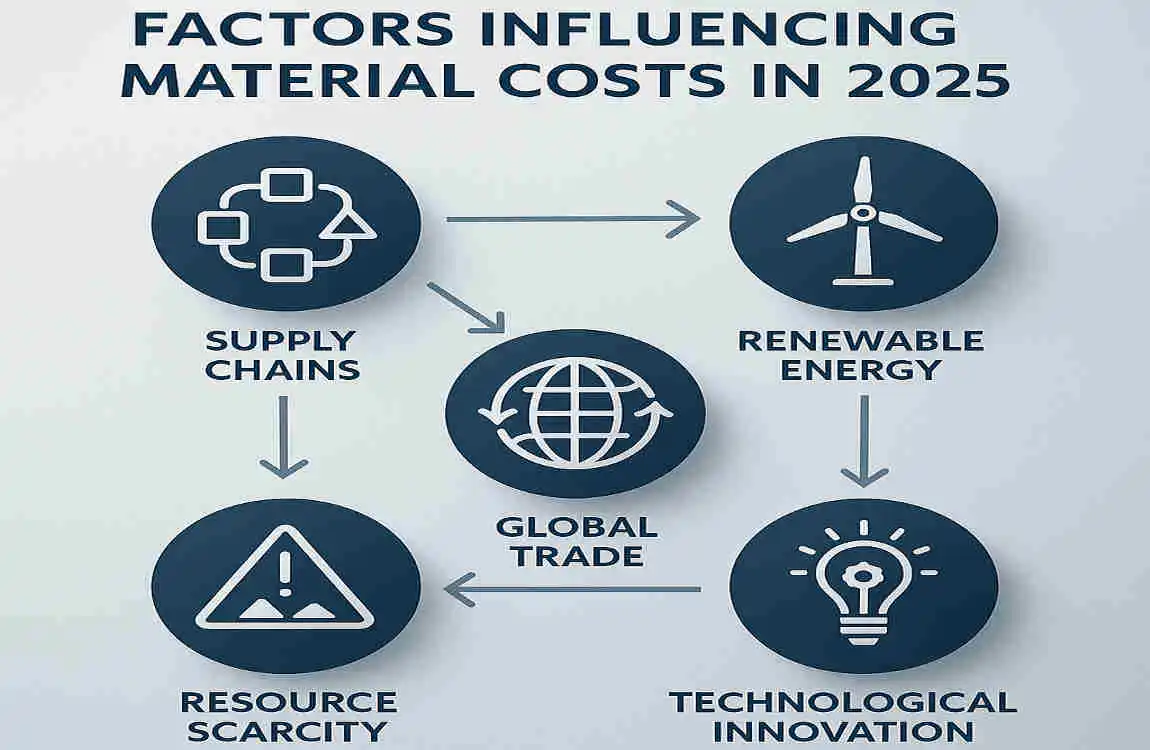
Several factors can influence the material costs for your 1000 sq ft house in 2025. Understanding these factors can help you make informed decisions and plan your budget accordingly.
Geographic Location and Supply Chain Issues
The cost of materials can vary significantly by geographic location. Areas with higher demand or limited supply may experience higher prices. Additionally, supply chain disruptions, such as those caused by natural disasters or geopolitical events, can impact the availability and cost of materials.
Choice of Materials
The materials you choose for your home can significantly impact your overall costs. Opting for Premium or high-end materials will naturally increase your expenses, while choosing more affordable alternatives can help you save money. It’s essential to strike a balance between quality and cost to ensure your home meets your needs and fits within your budget.
Bulk Buying and Vendor Negotiations
Purchasing materials in bulk can often lead to significant savings. By buying in larger quantities, you can negotiate better prices with suppliers or take advantage of bulk discounts. However, be sure to carefully plan your purchases to avoid overbuying and wasting materials.
Government Policies, Taxes, and Tariffs
Government policies, taxes, and tariffs can also impact the cost of materials. Changes in regulations or the imposition of new taxes or tariffs can lead to price fluctuations. Staying informed about these changes can help you anticipate and plan for potential cost increases.
Sustainability and Eco-Friendly Materials
As sustainability and eco-friendliness become increasingly crucial in the construction industry, the demand for green materials is on the rise. While these materials can offer long-term benefits and cost savings, they may come with a higher upfront cost. However, as the market for sustainable materials grows, prices may become more competitive in the coming years.
Budget Tips to Manage Material Costs Effectively
Now that we’ve explored the factors influencing material costs, let’s dive into some practical budget tips to help you manage your expenses effectively.
Plan Material Purchases Wisely
Timing is everything when purchasing materials. By carefully planning your purchases, you can take advantage of seasonal sales, bulk discounts, and other cost-saving opportunities. Additionally, consider the quantity of materials you need to avoid overbuying and wasting resources.
Explore Alternatives to Costly Materials
Don’t be afraid to explore alternative materials that can save you money without compromising on quality. For example, instead of opting for expensive hardwood flooring, consider more affordable options like laminate or vinyl. By being open to different materials, you can find cost-effective solutions that still meet your needs and preferences.
Prioritize Quality Checks to Avoid Wastage
Investing in quality checks can help you avoid costly mistakes and wastage. By ensuring your materials meet the required standards and specifications, you can prevent expensive repairs or replacements down the line. Additionally, proper quality control can help you avoid delays and keep your project on track.
Work with Reliable Suppliers and Contractors
Building strong relationships with reliable suppliers and contractors can help you secure better, more transparent pricing. By working with professionals who have your best interests in mind, you can negotiate better deals and avoid hidden costs or unexpected price increases.
Use Local Materials to Reduce Transportation Costs
Consider sourcing materials locally to reduce transportation costs. By choosing materials that are readily available in your area, you can save on shipping and handling fees and support your local economy. Additionally, using local materials can help reduce your carbon footprint and contribute to a more sustainable construction process.
Leverage Technology and Shopping Platforms
In today’s digital age, technology and shopping platforms can be powerful tools for finding the best deals on materials. By comparing prices and researching different suppliers, you can identify cost-saving opportunities and make informed purchasing decisions. Additionally, many online platforms offer tools and resources to help you plan your budget and track your expenses.

